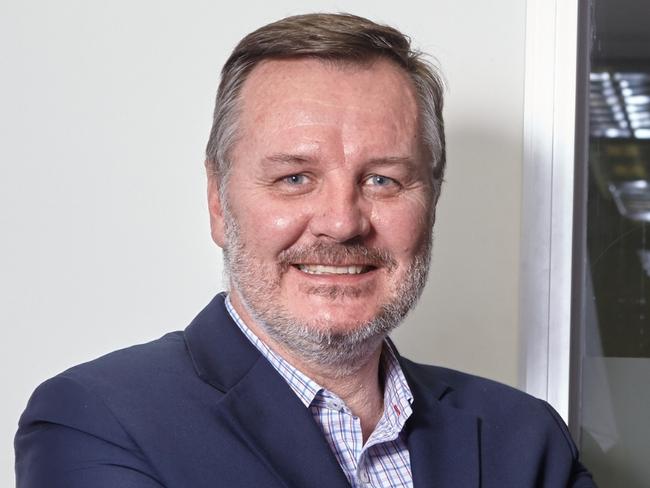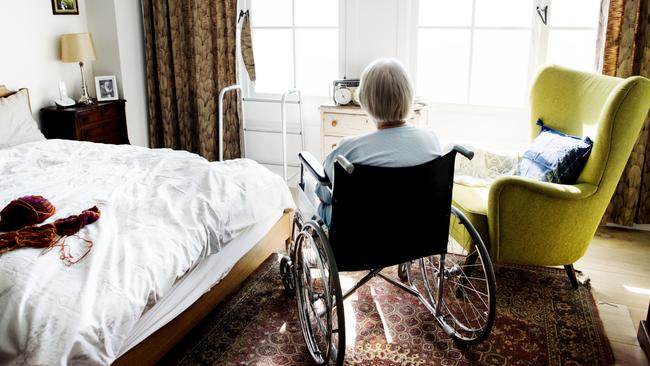Aged care residents may suffer as nursing home staff cop more red tape
Australian aged care residents could get less than three hours a day of care as staff are facing new pressures under funding changes.
National
Don't miss out on the headlines from National. Followed categories will be added to My News.
Already stretched aged-care staff could be forced to perform clerical work with up to one in five centres not ready for a new government funding model rolling out this weekend.
An IT specialist says those homes will be forced to manually input data and process payments.
It could result in centres having to hire extra personnel – or taking frontline staff away from their duties, which currently average just 180 minutes of care per person, per day.
Services Australia is introducing the Australian National Aged Care Classification (AN-ACC) model on October 1, to make payments simpler.
It was a recommendation by the royal commission and has been broadly welcomed by the sector.
However, Epicor ANZ Vice President Greg O’Loan, who provides the software for around half of all mid to large providers, says he will have six homes that won’t meet the deadline.

And he estimates that in general around 15 to 20 per cent of aged care facilities won’t have the new system in place by Saturday. Operators will have until November 1 to transition.
Mr O’Loan said for those providers who don’t manage to do it in time, “it will be quite a costly business”.
Some groups have hundreds, if not thousands of residents and Mr O’Loan estimates that for every 100 residents, a full time employee will be required to process the payments manually.
“Every minute that aged care providers can save on administrative tasks is time that can be spent on frontline care,” Mr O’Loan said.
Aged & Community Care Providers Association (ACCPA) CEO Paul Sadler said the system involves independent assessments, which have been delayed by Covid, so their allocated funding may not accurately reflect the cost of the care they are receiving.

Meanwhile, he said independent research from StewartBrown chartered accountants found the new model will not provide sufficient funding for up to half of all providers, as extra staff will be needed to meet new care minute targets.
However, the Department of Health and Aged Care’s analysis suggests that those who will be worse off have been spending less on the number of care minutes than they are receiving funding for, and will now be required to “rebalance their expenditure” away from either profit or other activities.
On average, residents receive 180 minutes of care per person, per day.
By October 2023 there will be a mandatory target of 200 minutes per resident, per day, and in October 2024, 215 minutes.

The Department’s spokesman said under the new funding model care funding is expected to increase from an average of $192 per resident per day, to $225.
“In addition, in 2022-23, residential care funding will increase by 13 per cent to $17b and the average Government funding per resident will be over $85,000,” he said.
The Department also said it is providing financial assistance to help providers to adjust to the new funding model so no facility will receive less funding for the first two years of transition.
Mr Sadler said two thirds of aged care homes are currently operating in deficit, and a third in cash deficit and there “is a real risk that the number of closures will accelerate.”





